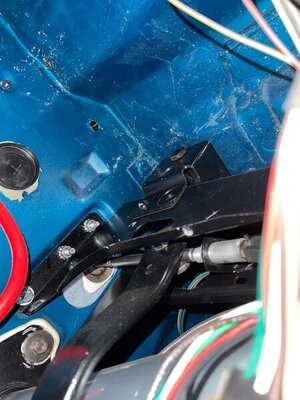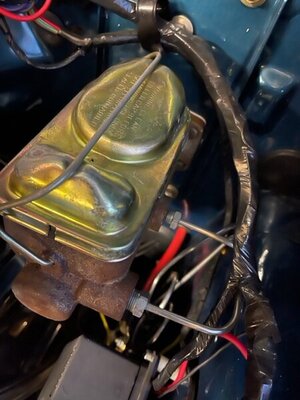Xram
Active Member
I recently purchased a 64 Dodge 330 that was fully restored. I’m 76 and done with restorations. The car was done beautifully and I will make very few changes. One aspect of the car that I’m not happy with is the brakes. It has a four wheel disc brake conversion with manual brakes. To get it to stop the pressure on the brake pedal is very high. Reading some of the posts on this forum, I decided to check the brake pedal ratio. It turns out to be around 4:1. So, I think I should change that to around 6:1. Is that a good assumption? To do that it looks like I need a different bracket that the brake pedal hangs off of? The car was originally a 6 cylinder stick and now has an automatic. Any help would be appreciated.

















